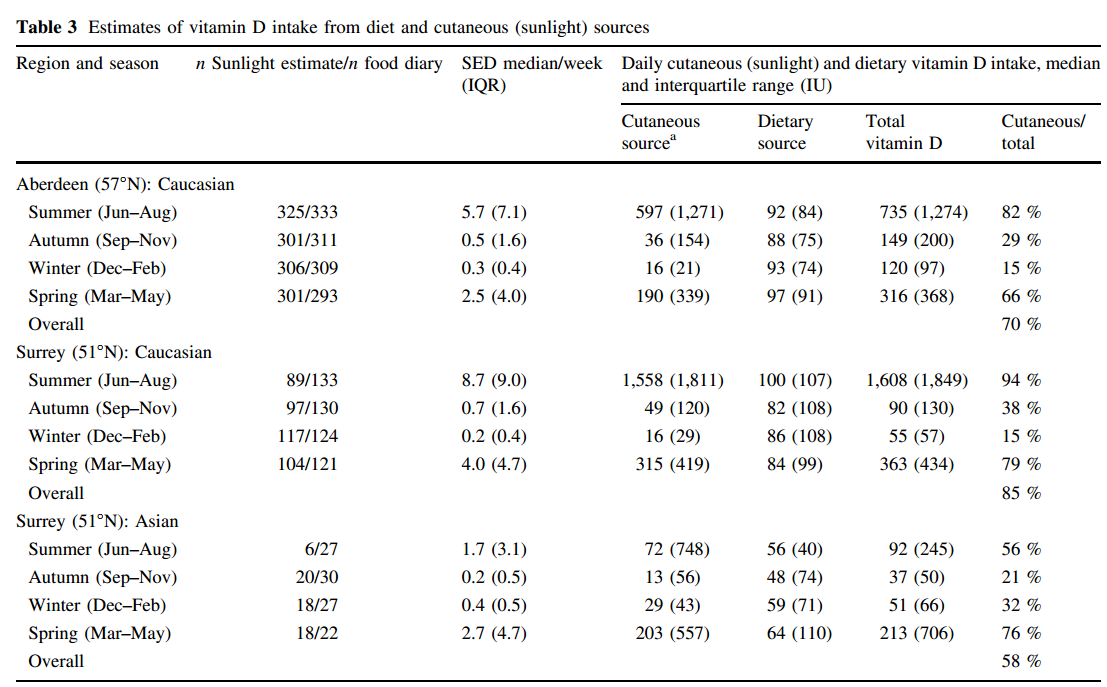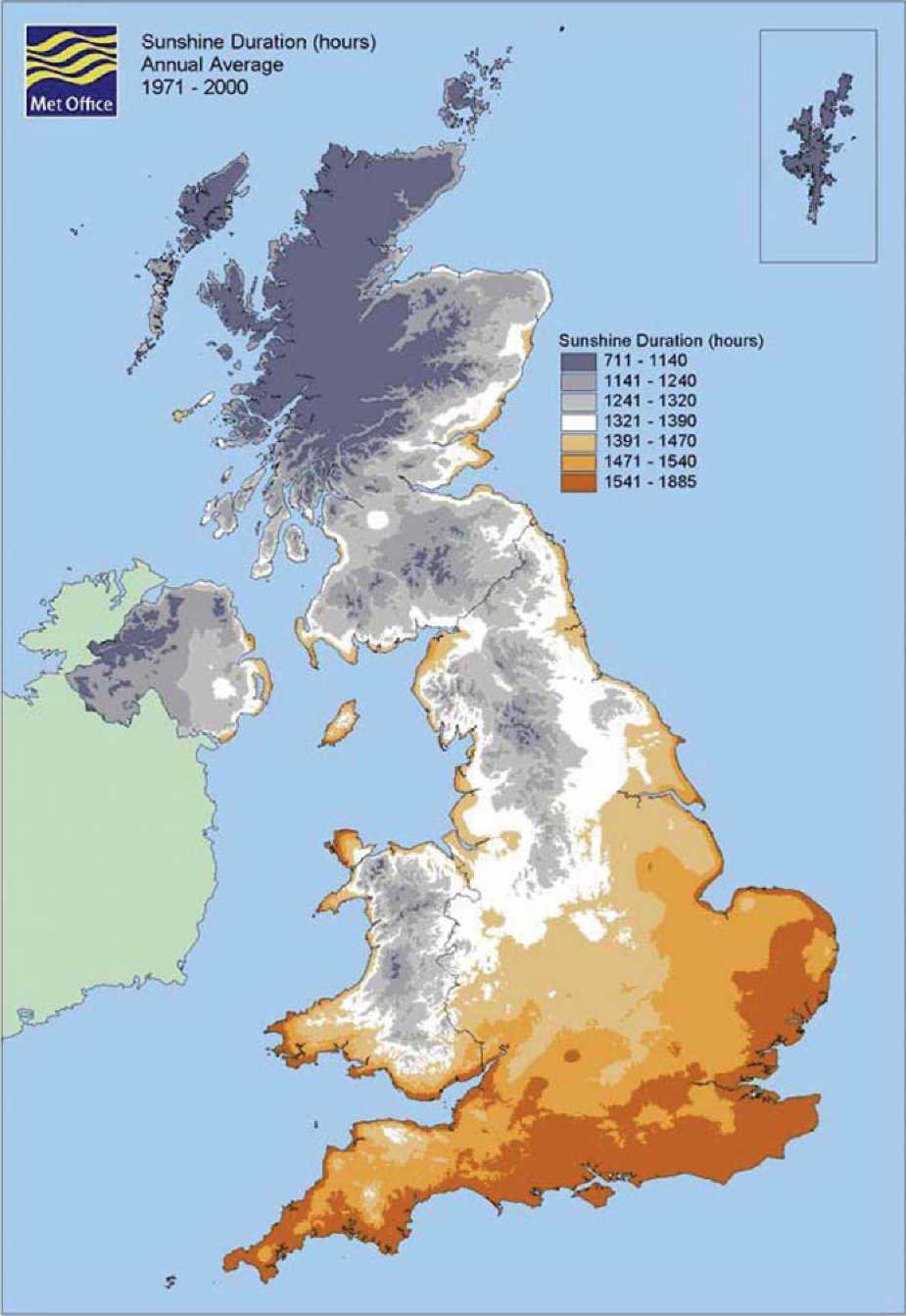Contributions of Sunlight and Diet to Vitamin D Status
Contributions of Sunlight and Diet to Vitamin D Status.
Calcif Tissue Int. 2012 Sep 22.
Macdonald HM.
Musculoskeletal Research, Health Sciences Building, University of Aberdeen, Foresterhill, Aberdeen, AB25 2ZD, UK, h.macdonald@abdn.ac.uk.
Vitamin D is made in the skin using ultraviolet radiation of specific low wavelength, 290-315 nm (UVB).
For many parts of the world there is a period when there is insufficient intensity of UVB to make vitamin D, which is reflected by a clear seasonal variation in vitamin D status.
Sun avoidance practices, melanin in pigmented skin, and sun protection creams (sunscreen), if used properly, can dramatically reduce vitamin D synthesis.
Few foods naturally contain vitamin D, although some countries fortify foods with vitamin D.
Regulatory mechanisms in the skin mean there is no danger of vitamin D toxicity through sunlight synthesis.
Although oral vitamin D is potentially toxic with high-dose supplements, there is a wide safety margin.
Long-term safety data covering a range of potential adverse outcomes are limited.
PMID: 23001438
Longer shadow = higher risk of cancer

Vitamin D from sun and food during 4 seasons in the UK

NOTE: Surrey is near London (Dark Brown), Aberdeen is far North (white)

PDF which was available to the public Dec 2012 is attached at the bottom of this page
